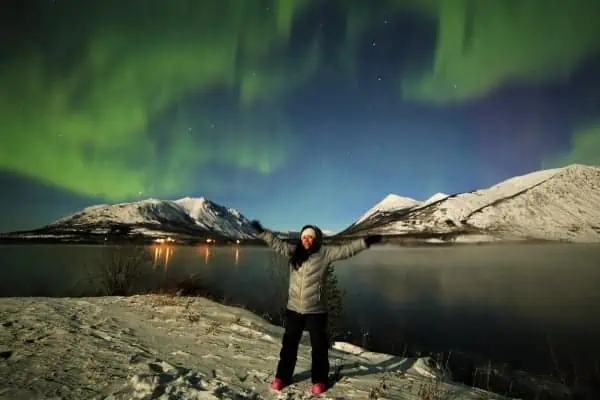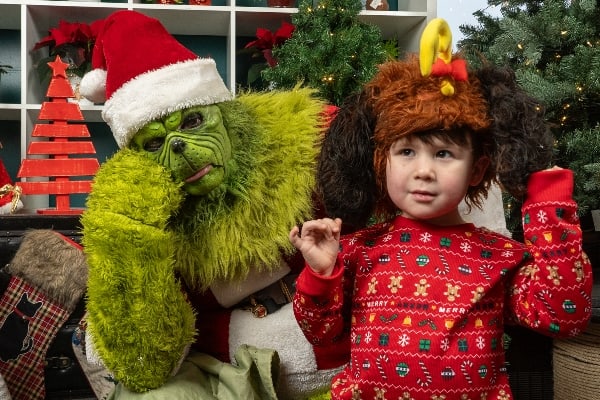Yes, baby, it’s cold outside. But birding can get you out of the house, connect you with nature, and other people.
During December’s Christmas bird counts – an annual winter birding tradition – hundreds of participants recorded birds in 14 different communities. (The numbers aren’t all in yet.)
In Whitehorse, 46 people gave up Boxing Day sales to watch bird feeders, and scan cliffs, forests, fields and open water.
Every community has some go-to places to watch birds.
My favourite spot is the Millennium Trail, especially the open water below the Rotary Centennial Bridge (“the blue bridge”). On the Boxing Day bird count, I saw a winter-rarish American robin on the shoreline.
Nearby, a chubby black American dipper was resting and others chased each other or swam from the ice edge. A large male common merganser – with a belly as white as marshmallows – seemed relaxed and calm. Smaller ducks, called goldeneyes (both common goldeneyes and Barrow’s goldeneyes), dove energetically in and out of the current.
McIntyre Creek is good for mallards and bald eagles, and open water near the SS Klondike also offers good viewing.
Or venture to nearby Carcross, Tagish or Johnson’s Crossing, where trumpeter swans are swimming.
Escarpments, such as along Robert Service Way, the Fish Lake Road, and overlooking Schwatka Lake, are good spots for common ravens and the occasion bald eagle.
In the forest you’ll find common species like the cheerful chickadees (black-capped, boreal and the rarer mountain). And listen for woodpeckers tapping on trees.
This year’s count totalled 24 different species – close to the 25 species average over the past 17 years, but down from the 33 last year, reported Whitehorse count compiler Jim Hawkings. This includes the species noted below, 60 house sparrows and one rock pigeon downtown, and a golden eagle at the Whitehorse landfill.
Not seen were the usual large numbers of crossbills, flocks of redpolls (tiny birds with red dots on their heads), and the colourful bohemian waxwings.
If you’re heading outside, dress warmly, in layers. Protect your binoculars inside your coat. Learn a bit about the most common species before you go and note field markings of birds you can’t identify to check out on your return home. Photos can help.
The Best Way to See Winter Birds? Get a Bird Feeder.
Local experts recommend:
Black-oil sunflower seeds – they attract most of our winter birds.
Place feeders within 5 metres or more than 10 metres from windows to avoid bird crashes.
Keep feeders near tree cover to allow escape from predators (a.k.a. cats).
Suet feeders (or natural peanut butter) are cheaper than seeds and attract chickadees, woodpeckers and nuthatches.
Avoid platform feeders that might spread disease.
Make it squirrel proof, or else just put up with them.
Next month I will be discussing more backyard birding tips. In the meantime, local expert Cameron Eckert advises that hand warmer packets work wonders for cold fingers.




